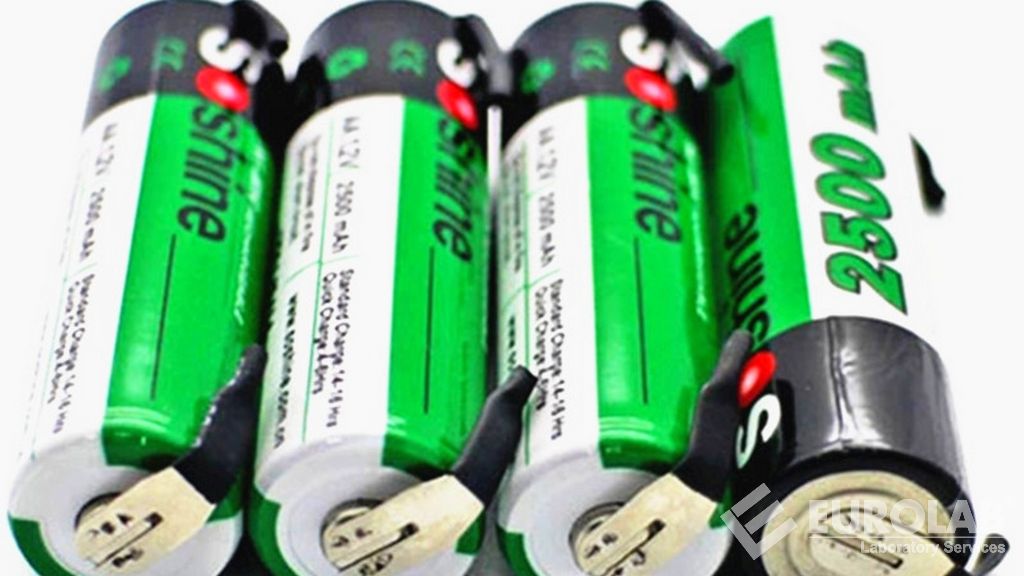Battery and Battery Tests
Battery maintenance and testing is essential to the continued performance of any battery system. A variety of common battery tests are performed in advanced laboratories, including impedance testing and discharge testing. Most uninterruptible power supplies have functionality that tests their batteries regularly, usually every 24 hours, and sounds an alarm if they detect a battery failure. Such tests put a strain on the battery set and monitor discharge performance. However, this only provides a general indication of the system. It does not provide an individual cell-level report.

Similarly, simply measuring the voltage in a system does not provide a true indication of the condition. The best way to evaluate the actual state of a large battery system is to perform an external battery test. Only in this way can the system become more reliable.
The main tests applied are:
- Impedance testing is a non-invasive test method designed to establish a battery performance history. This test is generally performed on an annual basis, as it enables performance to be monitored over time. This test makes it easy to identify any signs of deterioration or any battery with a high internal impedance that needs replacing. Impedance testing involves applying an alternating current to each battery via probes connected to the block terminals. Impedance is measured in milliohms. With impedance testing, a general idea of the condition of the batteries is obtained without putting the batteries under too much stress or taking them offline.
- The electrochemical test method is a control method that compares data from batteries with common battery problems such as sulfation and electrolyte drying. Traditionally, these tests have been performed to predict battery failure on satellites and spacecraft. This method uses probes at the terminals to measure the frequency response to voltage and current signals delivered to the battery.
- The discharge test is the most comprehensive battery test and the only true test method that determines the actual capacity of the system. In this method, batteries are tested under both normal and peak load conditions. A discharge test should be performed during installation and then the test should be repeated annually.
- The partial discharge test involves discharging the batteries to a maximum of 80 percent.
Our organization also provides battery and battery testing services with its trained and expert staff and advanced technological equipment, among the numerous test, measurement, analysis and evaluation studies it provides for businesses in various sectors.




